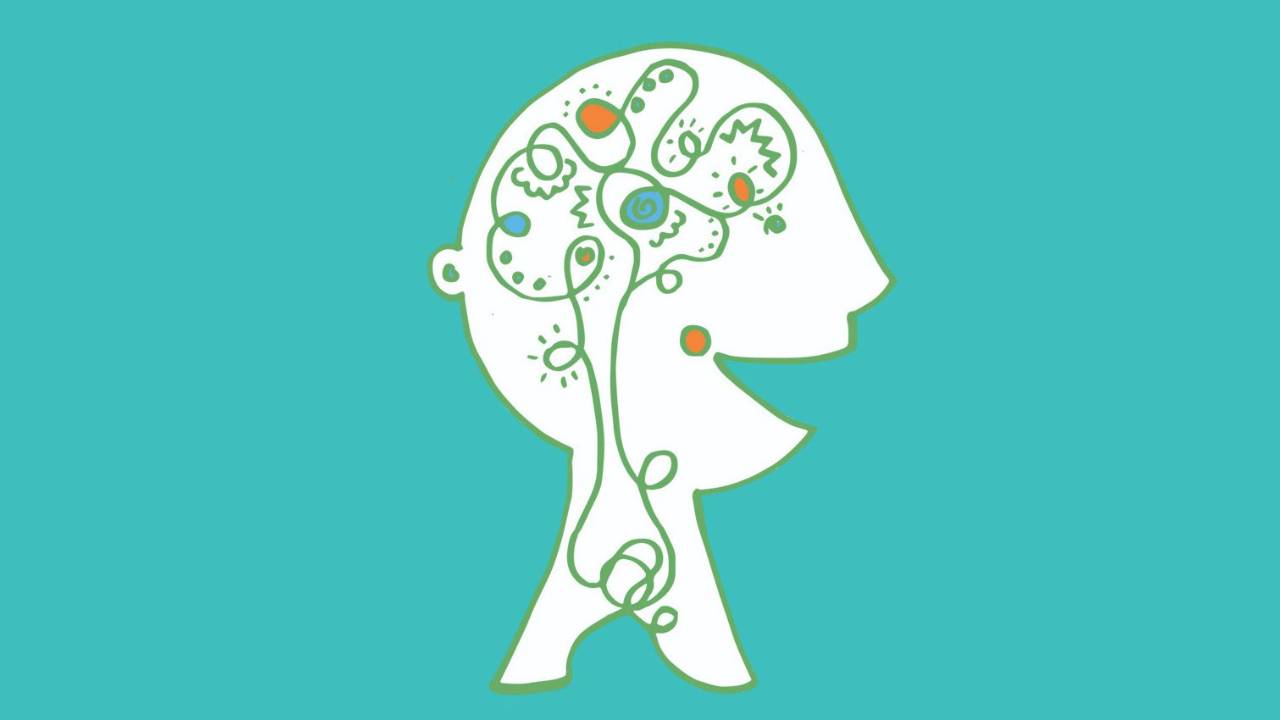Why is learning math so complicated?
Jan 19, 2021
When I was a brand new special education/math teacher tasked with teaching math to students who struggled, I had no idea how to ensure mathematical concepts would be accessible to all students. Despite the fact that I had always been a strong math student, I wasn’t even sure how well I understood the concepts myself. Thus began my pursuit to better understand the conceptual underpinnings of math and the instructional approaches that can support students across the spectrum of mathematical achievement.
I now believe that our primary methods of math instruction are misaligned with the natural development of mathematical learning. For years, there was a dominant philosophy in math instruction that promoted the notion that children are “blank slates” with no innate number capacities (not true).
Teaching Key Mathematical Ideas with Visual Aids
While there is still so much more to be learned, the advent of fMRIs has allowed us to know much more about our innate number systems and how mathematical learning develops in the brain over time. We now know that certain capacities - like subitizing and determining which quantity is more or less - are innate, while other capacities - like using a symbolic written code to represent quantities - are not innate and need to be developed. For years, much of math instruction was based on using the symbolic form, which ultimately is a code that represents quantities. Yet, the process of decoding math is bringing it back to its visual and conceptual origins for instruction, then developing a rich understanding that can be linked to the symbols.
-
They move students away from counting individual pieces to chunking.
-
Connect number to length, which is a continuous measurement rather than a discrete measurement.
-
Can be used to build any math fact and are quantities are organized by colors.
To learn a few tips about using Cuisenaire rods watch this brief instructional video.

In the end, the goal is to be able to encode and decode math in a meaningful way. With a stronger understanding of math in place, we can develop instruction that builds on our innate number capacities. While we wait for an expansion of research on mathematical learning, we can borrow from best practices in reading instruction and incorporate explicit, systematic, multisensory methods, including manipulative "tools" that bridge research and practice integration to improve numeracy and achievement.
Rebecca Lord, M. Ed
As a dual special education and math teacher, Rebecca’s work has focused on understanding the neurological bases of dyscalculia and math learning disabilities, and what type of instruction is needed for ALL students to be successful with math.
Rebecca is teaching the online course Decoding Math through Crafting Minds in spring 2021.
Stay connected with news and updates!
Join our mailing list to receive the latest news and updates from our team.
Don't worry, your information will not be shared.
We hate SPAM. We will never sell your information, for any reason.

